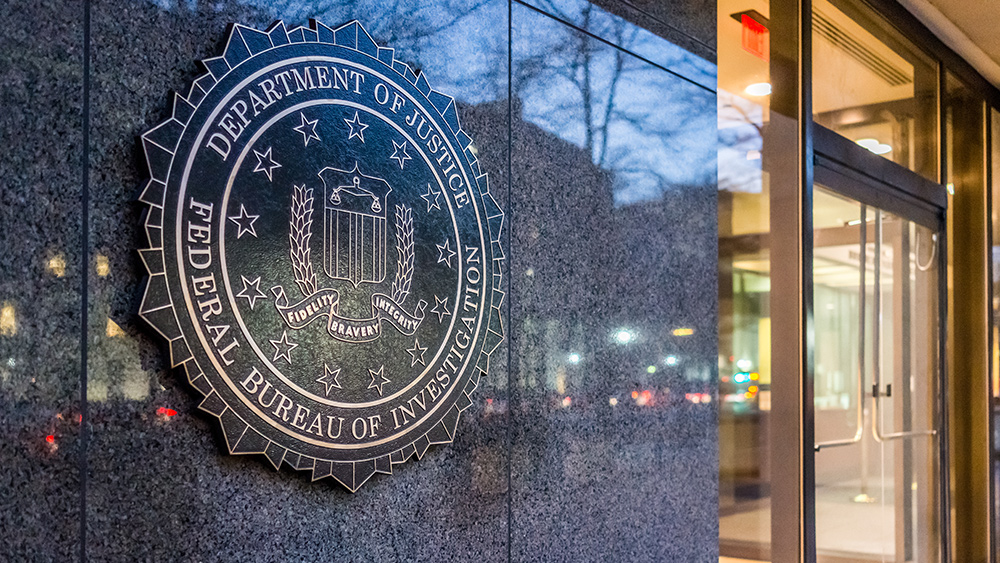By Wendy Sawyer and Peter Wagner
March 14, 2024
Press release
- Sections
- The big picture
- 10 Myths
- High costs of low-level offenses
- Youth, immigration & involuntary commitment
- Beyond the Pie: Community supervision, poverty, age, race, and gender
- Necessary reforms
- Sources
Can it really be true that most people in jail are legally innocent? How much of mass incarceration is a result of the war on drugs, or the profit motives of private prisons? Have popular reforms really triggered a crime wave? These essential questions are harder to answer than you might expect. The various government agencies involved in the criminal legal system collect a lot of data, but very little is designed to help policymakers or the public understand what’s going on. The uncertainty that results muddies the waters around our society’s use of incarceration, giving lawmakers and lobbyists the opportunity to advance harmful policies that do not make us safe. As criminal legal system reforms become increasingly central to political debate — and are even scapegoated to resurrect old, ineffective “tough on crime” policies — it’s more important than ever that we get the facts straight and understand the big picture.
Further complicating matters is the fact that the U.S. doesn’t have one criminal legal system; instead, we have thousands of federal, state, local, and tribal systems. Together, these systems hold over 1.9 million people in 1,566 state prisons, 98 federal prisons, 3,116 local jails, 1,323 juvenile correctional facilities, 142 immigration detention facilities, and 80 Indian country jails, as well as in military prisons, civil commitment centers, state psychiatric hospitals, and prisons in the U.S. territories — at a system-wide cost of at least $182 billion each year.
This report offers some much-needed clarity by piecing together the data about this country’s disparate systems of confinement. It provides a detailed look at where and why people are locked up in the U.S., and dispels some common myths about mass incarceration to focus attention on overlooked issues that urgently require reform.



